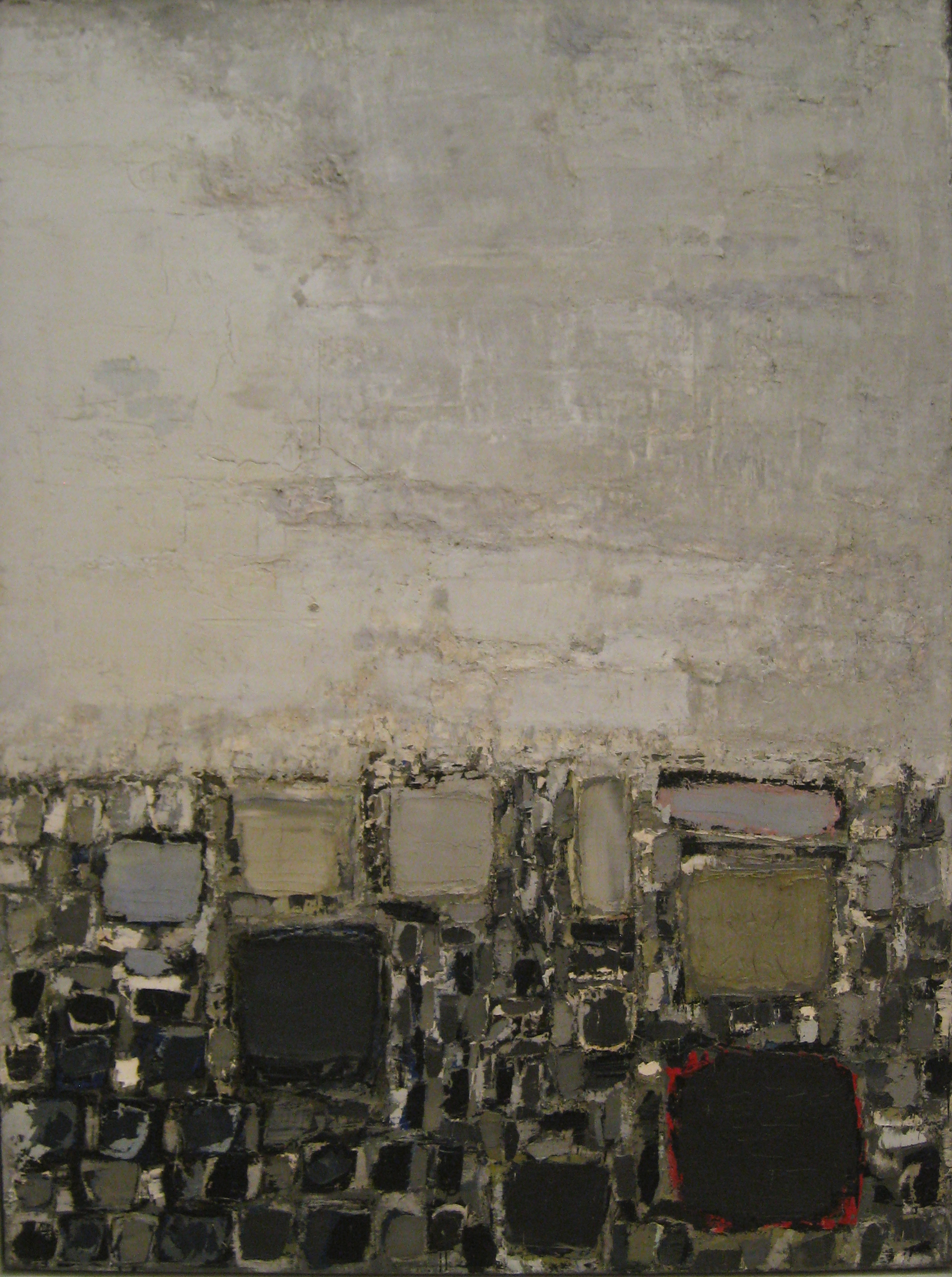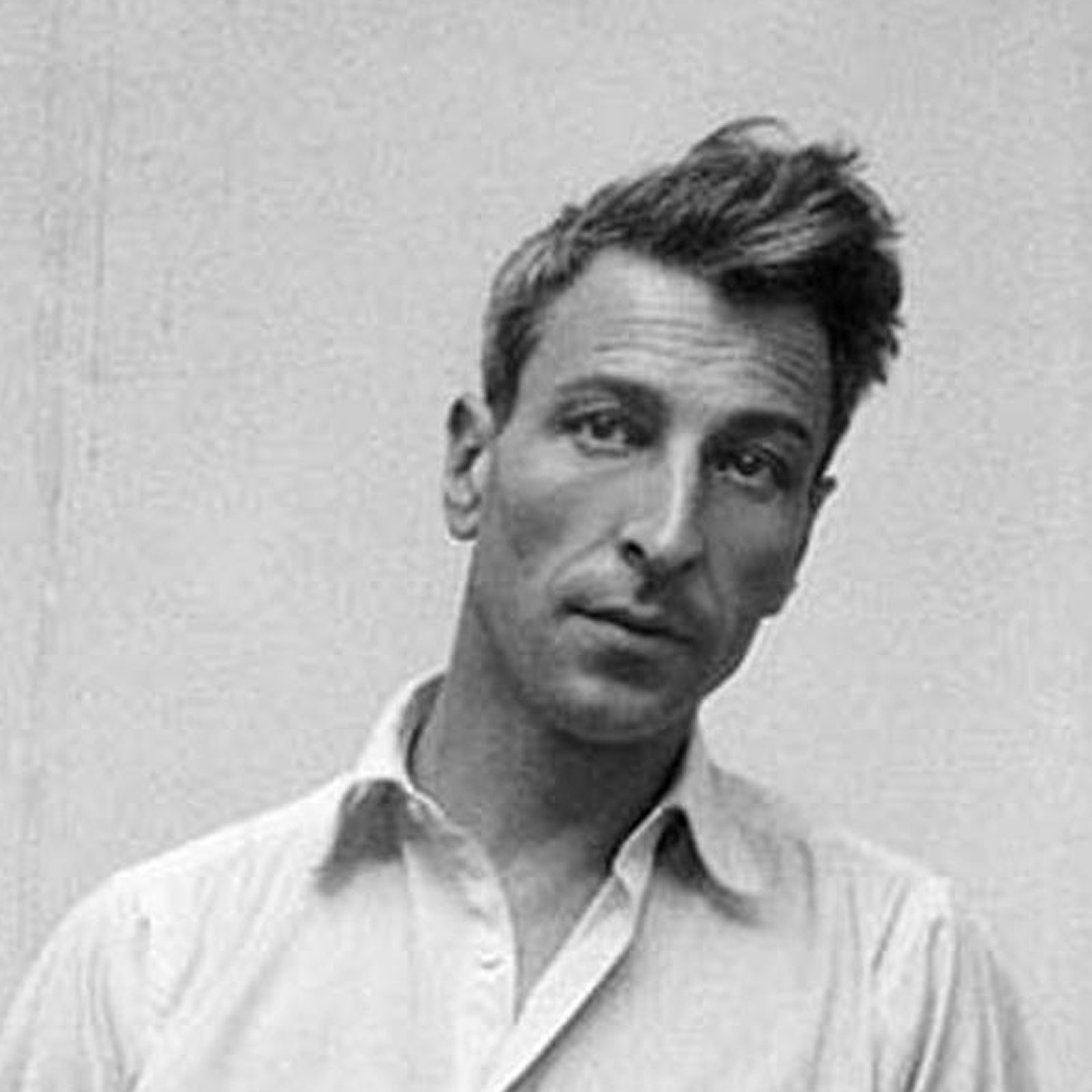Nicolas de Staël was born in 1914 into the military aristocracy of St. Petersburg. To escape the revolution, the family emigrated to Poland. From there, on the death of his parents, the young Nicolas was sent to live with a Russian family in Brussels. Ten years later he studied at the Brussels Académie Royale des Beaux-Arts and traveled through Europe and northern Africa where met his first life-partner, Jeannine Guillou. Between 1939 and 1941, de Staël served in the French Foreign Legion, returning first to Nice and then Paris, where he lived with Jeannine in great poverty. He had exhibitions in 1944 and 1945, but success came too late for Jeannine, who died of illnesses resulting from malnutrition in 1946. De Staël then met and married Françoise Chapouton. In 1947 his work began to attract attention, first in Paris and then New York and London. Prices were raised, and more paintings requested, even as de Stael himself withdrew into insomnia, self-doubt and depression. By then he had four children and an international reputation, but in the autumn of 1954 moved with his family to Antibes in search of rest and reflection. On March 16, 1955, following a meeting with a disparaging art-critic, he leapt to his death from his eleventh story studio terrace.
The Rooftops, also referred to as Sky or Dieppe Sky, begun in 1951 and finished in January 1952, was an essential milestone in Staël's shift to a new way of working. Above a stony beach, or "rooftops", with the density and texture of the blocks of his earlier compositions, the horizon opens to become a lofty, deep sky in shades of grey and blue. From March 1952 onwards, feeling the need to attune his vision to the real world, Staël painted numerous studies in oils from nature. He initially focused on the Paris area, in Gentilly, the Chevreuse valley, Mantes-la-Jolie and Fontenay-Mauvoisin, where the collector Jean Bauret lived. A supportive friend, Bauret encouraged Staël to "follow the example of nature's pictorial forms". These works, which hover between abstraction and representation, reflect the artist's development, which was soon to take him to Normandy and the south of France in search of new lights.


 Nicolas de Staël
Nicolas de Staël